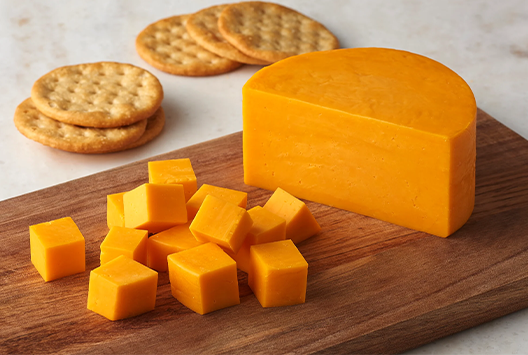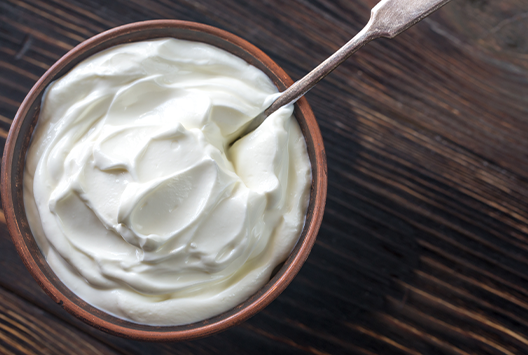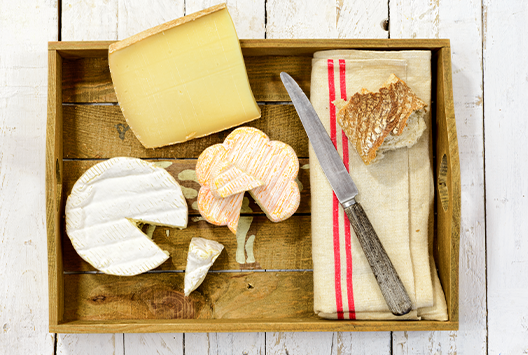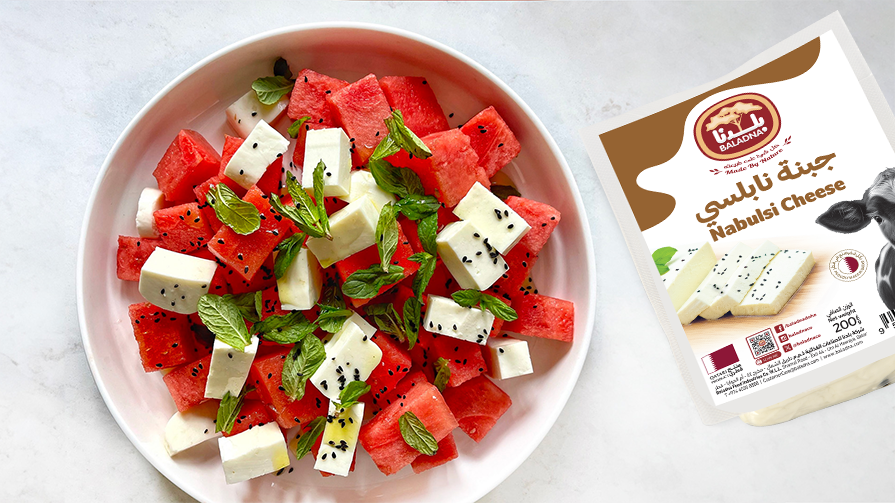
The Incredible Soft Cheese: Understanding Labneh
Similar
In recent years, the culinary world has seen a surge in the popularity of Middle Eastern cuisine, with dishes like hummus, falafel, and shawarma becoming mainstays in many foodie circles. However, there is one Middle Eastern delight that remains a best-kept secret to many: labneh. This versatile, creamy, and tangy yoghurt-based delight is a staple in many Middle Eastern households and is slowly leaving its mark on taste buds around the globe.
Today, we will delve into the world of labneh, talking about what it is, how it's made, and how you can enjoy it in various recipes.
For starters, what is labneh?
Labneh, also known as labna, labni, or lebni, is a soft cheese made from strained yoghurt. It is a popular ingredient in Middle Eastern cuisine, particularly in Lebanon, Palestine, Jordan, and Syria. Labneh has a thick and creamy texture, similar to Greek yoghurt or sour cream, but with a slightly tangier taste. It is often used as a spread, dip, or topping and can be found in both savory and sweet dishes.
How is labneh made?
Labneh is made by straining yoghurt to remove the whey, which results in a thicker and creamier consistency. The process is quite simple and can easily be done at home. Here's a basic recipe for making your own labneh:
Ingredients:
4 cups of plain yoghurt (preferably full-fat)
1 teaspoon of salt
Instructions:
Mix the yoghurt and salt together in a bowl.
Line a sieve or colander with a cheesecloth or a clean, thin kitchen towel, and place it over a large bowl.
Pour the yoghurt mixture into the lined sieve and cover with the cloth's edges.
Place the bowl in the refrigerator and let the yoghurt strain for at least 24 hours or until it reaches your desired consistency. The longer it strains, the thicker and creamier the labneh will be.
Once the labneh is ready, transfer it to an airtight container and store it in the refrigerator. The labneh will last for up to two weeks.
How to enjoy labneh
Labneh is an incredibly versatile ingredient that can be enjoyed in many different ways. Here are some ideas for incorporating this delicious Middle Eastern secret into your culinary repertoire:
1. As a dip
Mix labneh with minced garlic, chopped fresh herbs (such as mint or parsley), olive oil, and a pinch of salt for a delicious and healthy dip. Serve with fresh vegetables, pita bread, or crackers.
2. As a spread
Spread labneh on toast, bagels, or sandwiches as a tangy alternative to cream cheese.
3. In salads
Mix a bit of labneh with lemon juice, olive oil, and spices to create a creamy salad dressing.
4. In baking
Use labneh as a substitute for sour cream or yoghurt in recipes for cakes, muffins, pancakes, or other baked goods.
5. As a dessert
Sweeten labneh with honey or sugar and serve it with fresh fruit, nuts, and a drizzle of honey for a light and delicious dessert.
6. As a topping
Finally, use labneh as a topping for grilled or roasted vegetables, meat, or fish dishes for added creaminess and flavor.
Enjoy labneh today!
Labneh is undoubtedly one of the Middle East's best-kept secrets, offering a unique combination of tangy flavor and creamy texture that can elevate any dish. Whether you're looking to expand your culinary horizons or simply searching for a tasty and versatile ingredient to add to your creations, give labneh a try and discover the delightful world of Middle Eastern cuisine.
Baladna delivers genuine, fresh, and top-notch dairy products courtesy of our farm, which is home to 24,000 cows. The excellent environment of the farm ensures the production of superior quality dairy products. If you are looking for the best labneh, check out our offerings by visiting our website.



